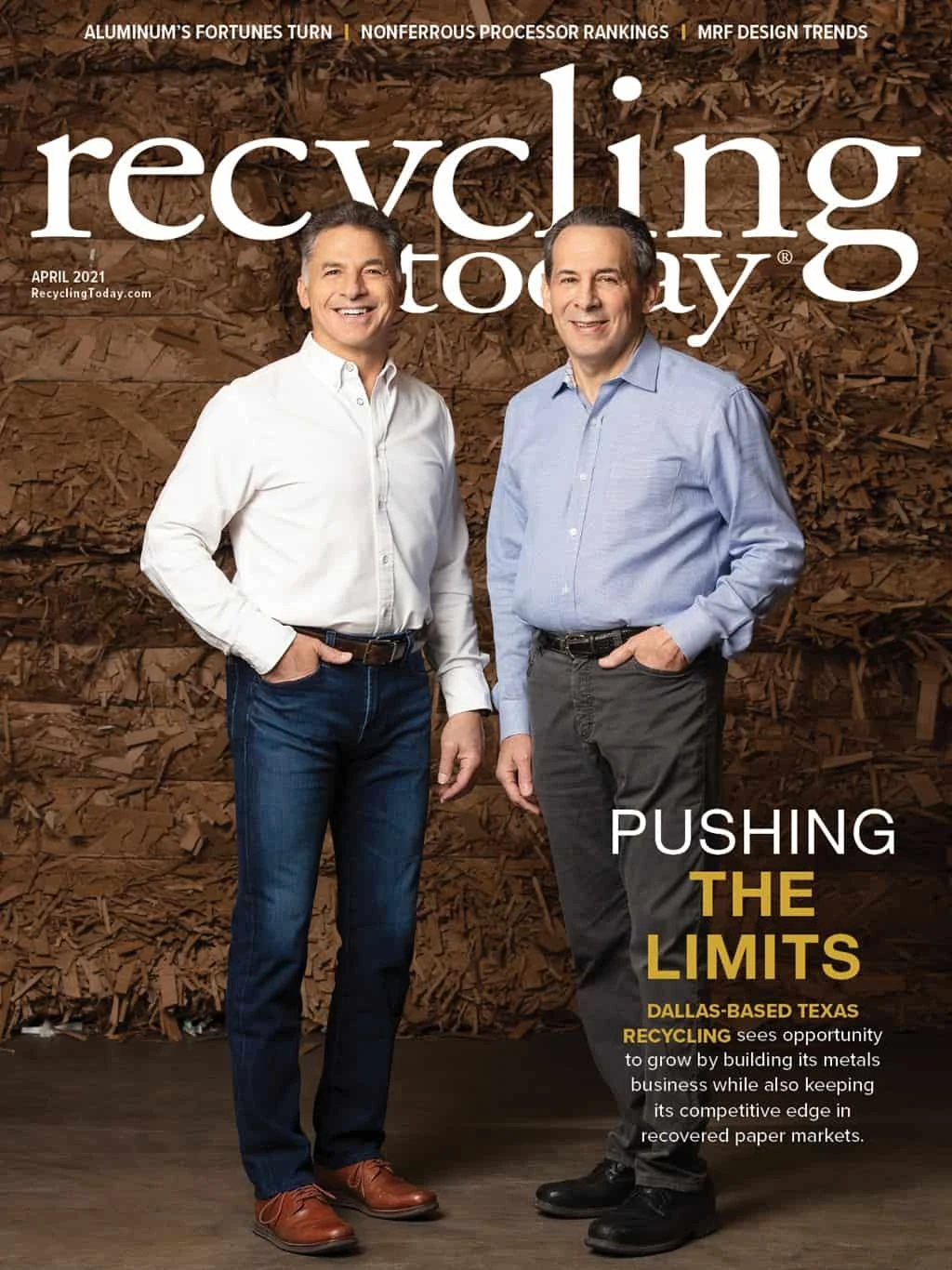
The steel industry has kicked off 2021 on a high note, building on the strong recovery that started in the final quarter of 2020. Shares of major steel companies were heading higher in January. The momentum has been driven by surging steel prices on the back of rising steel demand amid a supply shortage and prospects of infrastructure stimulus packages this year from the Biden administration.
Material stocks got a thrust after the United States Congress formally certified Joe Biden as the 46th president Jan. 20. Biden has proposed spending $2 trillion over four years to boost clean energy and rebuild infrastructure. The planned investment includes building and repairing roads, bridges, water systems, electricity grids and broadband aimed at fixing America’s “crumbling” infrastructure.
Stocks make gains
American steel stocks were making gains in January on hopes that the sizable infrastructure spending would have a beneficial effect on the U.S. steel industry given the expected increase in consumption of steel, which is used to make almost everything from rail tracks to roads to bridges.
Notably, shares of major U.S. steelmakers, such as United States Steel Corp., Nucor Corp., Steel Dynamics Inc. and Cleveland-Cliffs Inc., the last of which completed the acquisitions of AK Steel and ArcelorMittal USA last year, were up roughly 37 percent, 7 percent, 9 percent and 24 percent, respectively, in January.
The optimism can be gauged from the fact that the Zacks Steel Producers industry stocks gained 10.6 percent in January, outperforming the S&P 500 Index’s 1.9 percent appreciation.
The steel industry has been urging for an infrastructure package since the early days of the pandemic. Leading U.S. steel industry groups in March 2020 called on Congress to include significant infrastructure investment in the next stimulus package to help the nation recover from the fallout of the deadly virus outbreak.
The pandemic-induced demand destruction put a crimp on the steel industry for much of the first half of 2020. However, an upturn in demand from key industries such as automotive and construction and an upswing in steel prices have pulled the industry out of its funk. Automotive and construction together account for a big chunk of steel consumption.
Momentum grows
Recovery started to gain steam toward the end of the third quarter of 2020 on resumption of operations across major steel-consuming sectors following the easing of lockdowns and restrictions across the world.
Steel prices also are shooting higher on an upturn in demand. Steel stocks started to rebound in the second half of 2020 after getting hammered during the first half along with most other commodities amid the pandemic-led demand slowdown.
Steelmakers are seeing strong order booking in automotive. Recovery in the automotive industry has accelerated in light of strong customer demand following pandemic-led shutdowns. The automotive rebound is driving demand for flat steel products globally.
A key reason behind the spurt in steel prices is the demand-supply imbalance.
Moreover, the revival in the global construction sector is driving demand for long and flat steel products in this major market. The construction sector also has bounced back on the heels of a resumption of projects that were stalled earlier in light of supply chain disruptions and manpower shortages. In particular, the nonresidential construction market remains resilient.
Meanwhile, a strong recovery in construction and manufacturing activities is driving demand for steel in China, the world’s top consumer of the commodity. Steel demand is being driven by China’s government spending in infrastructure projects. A rebound in China’s demand has instilled optimism in the steel space.
Steel prices are on an upswing on the back of rising demand, supply shortages and higher raw material costs. Notably, U.S. steel prices have staged a strong recovery and hit record levels after cratering to pandemic-induced multiyear lows in August 2020. Benchmark hot-rolled coil (“HRC”) prices started to recover in September and have been screaming higher since then. Prices zoomed past $900 per short ton in December 2020 on U.S. steel mills’ price-hike actions, tight supply and rising demand, and were hovering near the $1,000 per short ton level last attained in January 2008. In fact, HRC prices have catapulted to levels not seen in more than 10 years and doubled the lows witnessed in August. (Editor’s note: Fastmarkets AMM’s daily steel hot-rolled coil index, FOB U.S. mill, was calculated $1,285 per short ton March 12.)
Demand-supply imbalance
A key reason behind the spurt in steel prices is the demand-supply imbalance. Lead times for steel delivery at U.S. steel mills remain extended, indicating healthier demand. Moreover, supply remains restricted because of the idling of blast furnaces and production disruptions associated with mill outages. These coupled with lower steel imports arising from the pandemic and tariffs have resulted in the tightening of steel supplies, a situation which is likely to sustain over the short haul.
Steel scrap prices are also on the rise amid tight supply. As such, there is room for further upside in HRC prices as the fundamentals driving factors remain in place.
Higher demand, elevated input costs and supply constraints are likely to continue lending support to HRC prices over the near term. Higher prices would drive profitability and cash flows of steel companies.

Explore the April 2021 Issue
Check out more from this issue and find your next story to read.
Latest from Recycling Today
- BMW Group, Encory launch 'direct recycling’ of batteries
- Loom Carbon, RTI International partner to scale textile recycling technology
- Goodwill Industries of West Michigan, American Glass Mosaics partner to divert glass from landfill
- CARI forms federal advocacy partnership
- Monthly packaging papers shipments down in November
- STEEL Act aims to enhance trade enforcement to prevent dumping of steel in the US
- San Francisco schools introduce compostable lunch trays
- Aduro graduates from Shell GameChanger program





